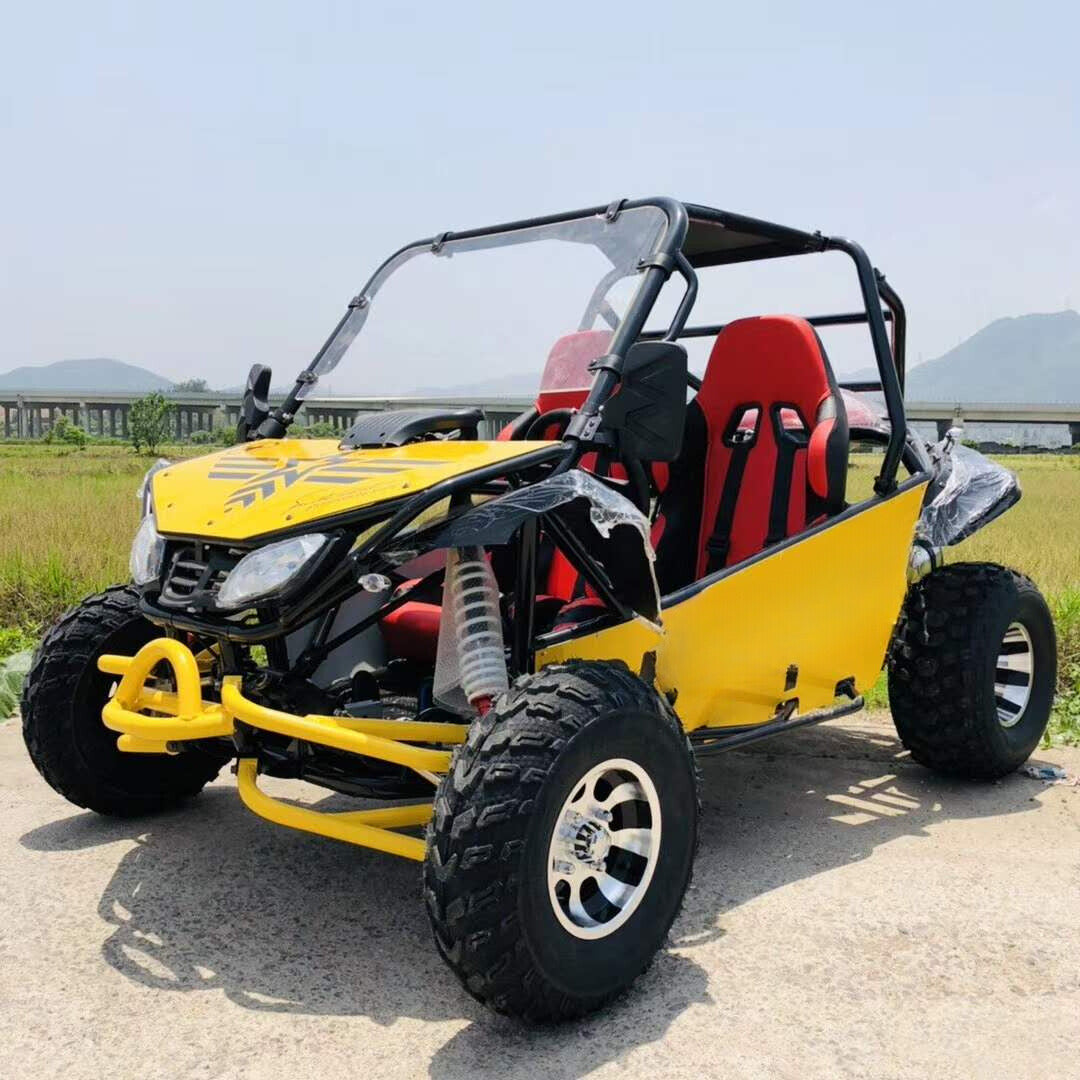Single Vs Twin-Cylinder: Comparing the Two Common ATV Engine Options
Introduction:
When it comes to choosing an all-terrain vehicle (ATV), one of the most crucial decisions you'll face is selecting the right engine type. Among the various options available, single and twin-cylinder engines stand out as two of the most common choices. Each type offers its own set of advantages and disadvantages, making the decision a matter of personal preference and intended use. In this comprehensive guide, we'll delve into the differences between single and twin-cylinder ATV engines, examining their performance, durability, and suitability for various riding conditions.
Understanding Single-Cylinder Engines: Single-cylinder engines, also known as thumpers, are characterized by their simplicity and lightweight design. These engines feature a single piston and cylinder, making them compact and easy to maintain. Single-cylinder ATVs are popular among riders who prioritize simplicity, affordability, and lightweight performance.
Advantages of Single-Cylinder Engines:
- Lightweight and Compact: Single-cylinder engines are typically smaller and lighter than their twin-cylinder counterparts, resulting in improved handling and maneuverability on the trail.
- Affordability: Due to their simpler design and fewer components, single-cylinder ATVs tend to be more affordable both in terms of upfront cost and maintenance expenses.
- Low-End Torque: Single-cylinder engines are known for their strong low-end torque, making them well-suited for off-road riding and tackling steep inclines.
- Ease of Maintenance: With fewer moving parts, single-cylinder engines are easier to maintain and repair, reducing downtime and servicing costs for riders.
Disadvantages of Single-Cylinder Engines:
- Vibrations: Single-cylinder engines are prone to more vibrations compared to twin-cylinder engines, which can lead to rider fatigue during long rides.
- Limited Power Output: While single-cylinder engines offer strong low-end torque, they may lack the top-end power and high-speed performance of twin-cylinder engines.
- Less Smoothness: Due to the inherent imbalance of a single piston, single-cylinder engines may exhibit more vibration and harshness compared to twin-cylinder engines, particularly at higher RPMs.
Understanding Twin-Cylinder Engines: Twin-cylinder engines, also known as parallel-twin or V-twin engines, feature two pistons and cylinders arranged in either a parallel or V configuration. These engines are prized for their smooth power delivery, refined performance, and ability to generate high levels of horsepower and torque.
Advantages of Twin-Cylinder Engines:
- Smooth Power Delivery: Twin-cylinder engines are renowned for their smooth and linear power delivery, providing consistent performance across a wide range of RPMs.
- High-End Performance: Twin-cylinder engines excel at producing high levels of horsepower and torque, making them ideal for high-speed riding and towing heavy loads.
- Reduced Vibrations: Compared to single-cylinder engines, twin-cylinder engines produce fewer vibrations, resulting in a smoother and more comfortable ride for the rider.
- Enhanced Refinement: Twin-cylinder engines are often more refined and sophisticated in their operation, offering quieter operation and improved overall performance.
Disadvantages of Twin-Cylinder Engines:
- Increased Complexity: Twin-cylinder engines are more complex and have more moving parts than single-cylinder engines, which can lead to higher maintenance costs and greater complexity during repairs.
- Heavier Weight: Due to their larger size and additional components, twin-cylinder ATVs tend to be heavier than single-cylinder models, which can affect handling and maneuverability on the trail.
- Higher Cost: Twin-cylinder ATVs typically come with a higher price tag compared to their single-cylinder counterparts, both in terms of upfront cost and ongoing maintenance expenses.
Choosing the Right Engine Type for Your ATV: When deciding between a single or twin-cylinder ATV engine, it's essential to consider your riding style, preferences, and intended use. If you prioritize simplicity, affordability, and lightweight performance, a single-cylinder engine may be the ideal choice for you. On the other hand, if you value smooth power delivery, high-end performance, and refined operation, a twin-cylinder engine may better suit your needs.
Ultimately, the best engine type for your ATV will depend on factors such as your budget, riding terrain, and personal preferences. By carefully evaluating the advantages and disadvantages of each engine type, you can make an informed decision that enhances your riding experience and ensures years of enjoyment on the trail.
Conclusion:
In the debate between single and twin-cylinder ATV engines, there is no one-size-fits-all answer. Both engine types offer unique advantages and disadvantages, and the right choice depends on your individual needs and preferences. Whether you prioritize simplicity, affordability, or high-end performance, there's an ATV engine out there to suit your riding style. By understanding the differences between single and twin-cylinder engines and carefully considering your options, you can make an informed decision that enhances your ATV experience and maximizes your enjoyment on the trail.





